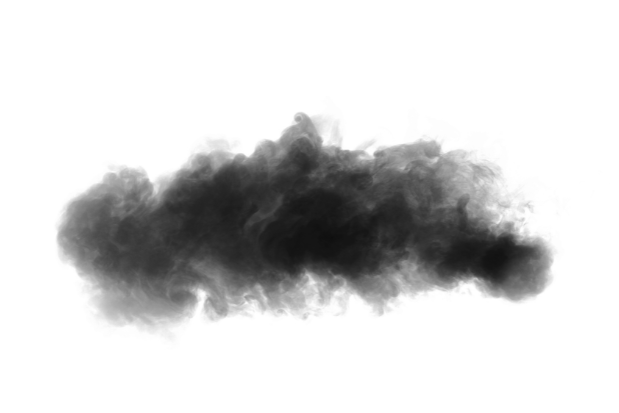Policy paper: Black dust in Kenitra. - Regional Programme Energy Security and Climate Change in Middle East and North Africa
Air pollution is one of the greatest threats to environmental health in the world, with the WHO noting that clean air is a basic human right and a necessary condition for healthy communities. But how can we achieve this if we don't even know the level of air pollution in our cities and towns? For those of us who live in cities, our rights and those of our children to live in a healthy environment and breathe fresh air are violated every day, once you get to school or work. For those of us who live near large industrial facilities, we can face more serious health threats, high hospital bills, and even land seizures and forced evictions when nearby industries pollute and overuse our land to the point of uninhabitability.
In addition, Morocco has experienced significant economic growth in recent decades through the development of a range of sectors, but this has not been without negative repercussions on the environment, especially on the air due to the emergence of the problem of "black dust" caused by gas emissions from various companies and factories working on the combustion of certain industrial materials and the work of some thermal power plants to produce electricity, including the thermal power plant in the city of Kenitra, where the majority of human rights and environmental actors agree that this plant is a great source of pollution and is also the source of emissions extremely harmful to the health of residents. It is no longer limited to a certain period of the year but is imposed in all seasons. This is due to the intensive use of firecrackers, the burning of agricultural crops, the high intensity of vehicles and cars and the dust resulting from large urban projects. This problem, which is currently a reality, requires a response from all political and socio-economic actors in order to develop strategies and adaptation plans to face it.



